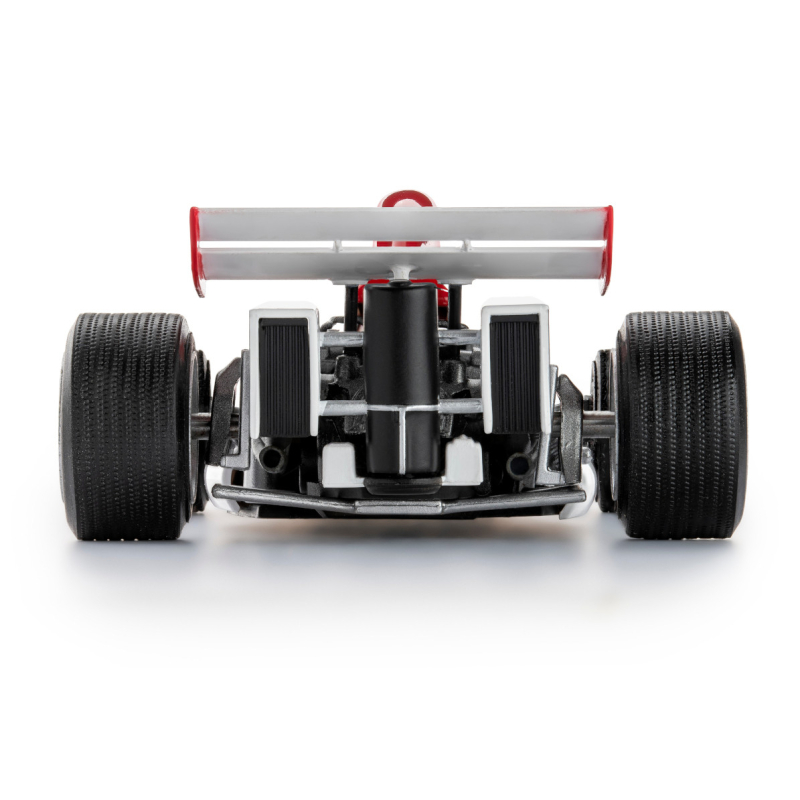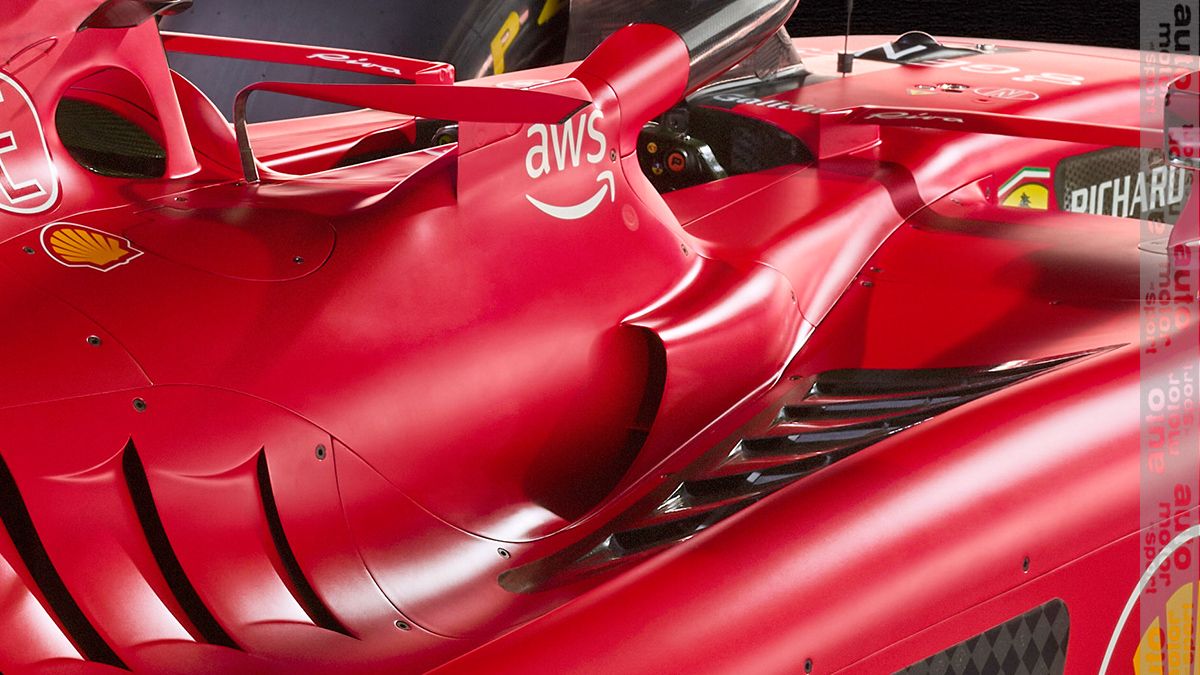Hello.
I have a few questions regarding the matter of radiator regulations in the 2023 Formula One technical regulations.
Firstly, the radiators are defined as "heat exchangers". Heat exchangers have some limitations regarding manufacturing techniques, shapes of core, tubes etc. This is defined in the chapter
"7.4 Heat exchangers"
"primary heat exchangers" are also considered to be "bodywork", as defined by the
3.1.1.a.iv rule.
Now, bodywork is tightly defined by the
3.1 to
3.16 rules that define each part of bodywork using maximum curvatures, volumes, tangents and other such limitations.
I used to be wondering, how a radiator, with sharp, complex metal bits can be legal as a bodywork? Then I noticed
rule 3.12 "Bodywork not defined in Articles 3.5 to 3.11" that states
Code: Select all
In addition to the bodywork defined and regulated by Articles 3.5 to 3.11, the following
components are permitted:
Code: Select all
...
3.12.4 Ducts (as specified in Article 3.1.1) and primary heat exchangers provided they are not visible
when viewed from the outside of the car, at any angle perpendicular to the X-axis. This is
assessed with the bodywork defined in Articles 3.5 to 3.11 present but prior to the
application of apertures permitted in Articles 3.5.8, 3.6.1.f, and 3.7.6.
So heat exchangers are an exception, regulated by the
3.12.4 rule.
From what I understand, the regulation tells that heat exchanger must be hidden when viewing from top, bottom, sides and any point of view in between. X axis is from front to back of the car.
Heat exchangers can be seen from the front of the car, what is expected, as we see radiator inlets from this point of view.
The regulations make it so that Heat exchangers must be placed inside the bodywork, but the positioning inside is quite free. It is possible to move the radiators to the "spine" of the car, for example.
Therefore, my question is: Can primary heat exchanges can be placed in between the planes of front wing, (a bit like in the Toleman TG183) or under rear wing planes (like in the BRM P180).
Front wing furniture and rear wing makes have a cylinder like shape, if the cylinder is parallel to the X axis. This would hide the heat exchangers when looking from angles perpendicular to the X-axis, as required by
3.12.4
Unfortunately, placing heat exchangers in between wishbones seems illegal, as these, along with other wheel bodywork, is defined in
3.13 and 3.14
Placing heat exchangers in this location may be detrimental to structural, weight distribution, cooling, and a variety of other factors, but it may be beneficial for aerodynamics. Bits in the area around the front wing planes could produce outwash or vortices.






